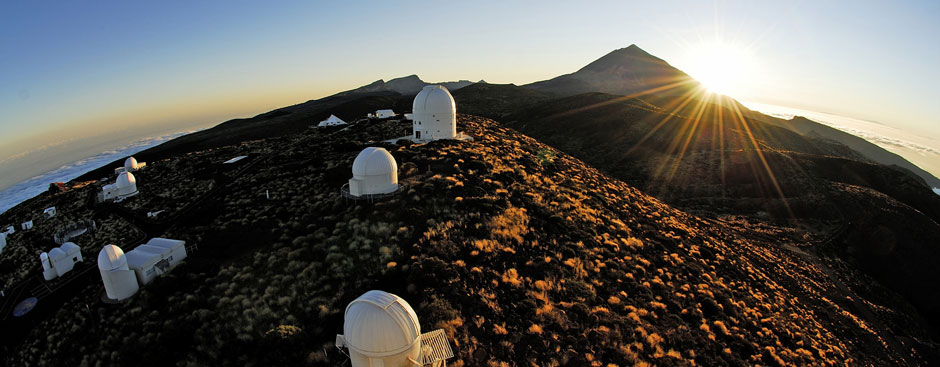Speaker
Description
We present a unified program of complementary experiments targeting axions, axion-like particles (ALPs), and high-frequency gravitational waves (HFGWs) across a broad range of masses and couplings. The WISPFI experiment probes ALPs in the 28 to 100 meV range using resonant photon-axion conversion in a fiber-based interferometer with hollow-core photonic crystal fibers inside a magnetic field. The WISPLC setup, currently operating in broadband mode, detects axion-induced toroidal magnetic fields via a pickup loop in a 7 T solenoid, reaching a preliminary sensitivity down to $g_{a\gamma\gamma} \approx$ $10^{-11}$ $\text{GeV}^{-1}$ for axion masses between around $10^{-11}$ eV and $10^{-7}$ eV. Building upon this design, GraviLC—under construction—uses a modified pickup loop in a 14 T solenoid warm-bore magnet to search for electromagnetic imprints of HFGWs in the ~10 kHz to 10 MHz range, ranging from transient signals from primordial black holes and stochastic background. A matched-filtering analysis pipeline with real-time convolution will enable enhanced sensitivity to short-duration signals. ADAMOS, a fixed-frequency cavity experiment under development, aims to explore three distinct axion signatures: cold dark matter at high frequencies, daily modulations from directional effects, and transient enhancements from streaming axions. It employs a high-Q thin-shell cavity resonator operating near 20 GHz installed in the same 14 T warm-bore magnet, and featuring a continuously calibrated RF readout designed to suppress gain drifts and systematics. Finally, the proposed WISPCAV experiment will integrate a graphene Josephson junction (GJJ) bolometer into a superconducting cavity at $\sim$8.7 GHz, leveraging the ultra-low heat capacity and fast response of graphene for single-photon thermometric detection. Together, these efforts provide broad and complementary coverage of weakly interacting slim particles (WISPs) and gravitational phenomena beyond the Standard Model.

